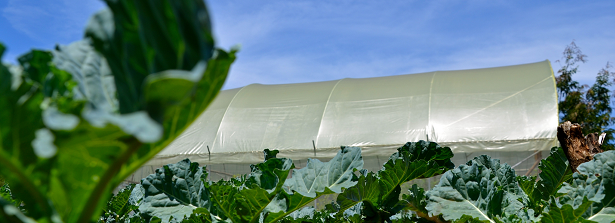Safe and accessible greenhouse production of (fruit) vegetables in Ghana (Fresh Green Ghana)

Duration: 18 June 2017 to 01 May 2020
Project information
Aim: This project aims to achieve improvement and enlargement of protected horticulture through data sharing and technology improvement in collaboration with growers. Subsequently the project addresses post-harvest challenges in poor communities by collaborating with local (female) market managers on data collection on quality decline and best-practice sharing. These activities aim to lead to greater availability of fresh (fruit) vegetables for the urban poor in Ghana during the year.
Objectives: The first objective of this project is to improve all-year availability of affordable, safe fresh vegetables for the poor. The second objective is to modernize the protected cultivation sector. And the third objective is to improve supply chains for the urban poor.
Method: Methods of this project consist of: collection and evaluation of data and insight in growers’ practices; an interactive design process with practitioners; evaluation of the economic performance of improved production systems; and evaluation of the current challenges in the supply chain, interacting with practitioners for potential improvements.
Country: Ghana.
Dutch policy goals: Promoting inclusive and sustainable growth in the agricultural sector.
Progress reports
Year 1: The first year focused on data acquisition. Weather stations (www.tahmo.org) were placed at the participating farms and through automated processes the local weather conditions at farms was available. Data on temperature and relative air humidity, as well as characteristics of the irrigation water were collected through logging devices and hand-held sensors. If coupled with e.g. production data, such information provides insights in the relation between the environment and farm management. Not automated data collection posed challenges, as some sensors are fragile and local computers do not always work. External risk factors, such as high infestation by Tuta absoluta, are very difficult to manage; a solution is the addition of more farms for data collection, therewith spreading the risk. Data yet have to be analysed in terms of practical relevance, which is an activity for the very near future.
